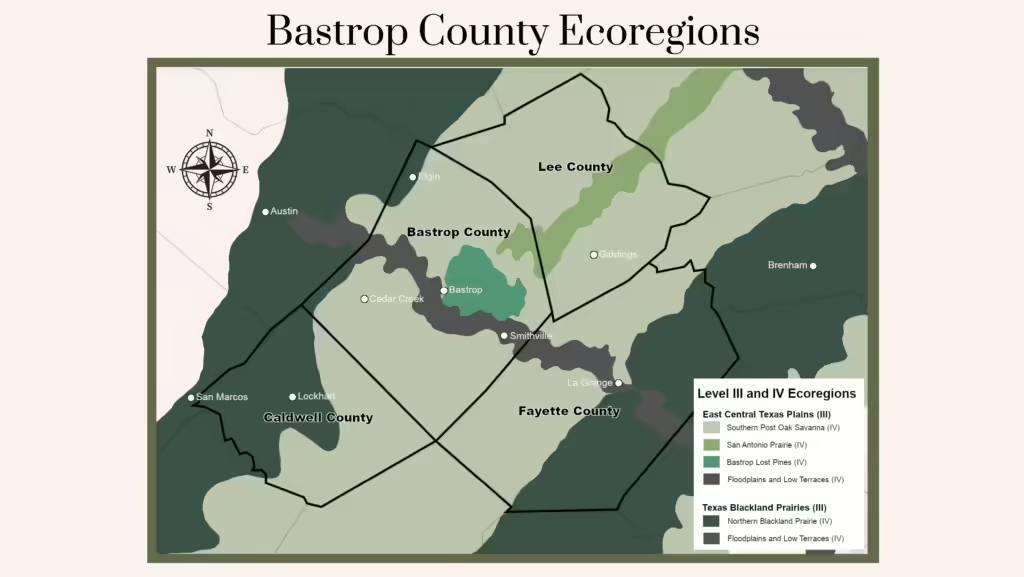
Welcome!
Welcome to the Bastrop County Chapter of Native Plant Society of Texas.
Situated just slightly east of Austin, Bastrop County includes many cities within its boundaries such as Cedar Creek, Bastrop, Smithville, Paige, Red Rock, Rosanky, McDade, and part of Elgin. Our level III ecoregions are East Central Texas Plains and a tiny sliver of Texas Blackland Prairies along the county’s western border. Our level IV ecoregions include the Southern Post Oak Savanna, the Bastrop Lost Pines, the San Antonio Prairie, the Floodplains and Low Terraces, and a small sliver of the Northern Blackland Prairie. Our average rainfall is about 36 inches per year with our peak rainfall occurring in both May and October. Our climate is described as subtropical humid and our Plant Hardiness Zone is Zone 9a with a growing season that is 270 days long.
To navigate our chapter’s site, use the dark menu bar directly above. To navigate the State NPSOT site, use the white menu bar located along the top of the page.
You can connect with us on social media using the icons below and sign up for our chapter newsletter using the email icon. We are so glad you are here and hope to see you at a meeting or chapter event soon!
Bastrop County Chapter News
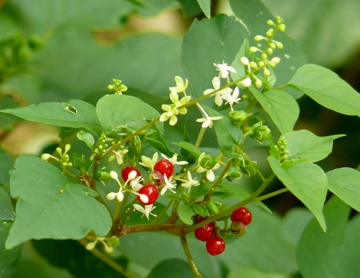
January 2025 Plant of the Month
Howdy plant lovers! Hope your New Year is off to a great start! This month, we are celebrating the beautiful, hardy native plant Rivina humilis. Though it is small and

December 2024 Plant of the Month
This month, we’re celebrating the resilient and versatile Ilex vomitoria, better known as Yaupon Holly and a true Texas treasure! Why we love it: – Winter Beauty: Yaupon holly’s bright
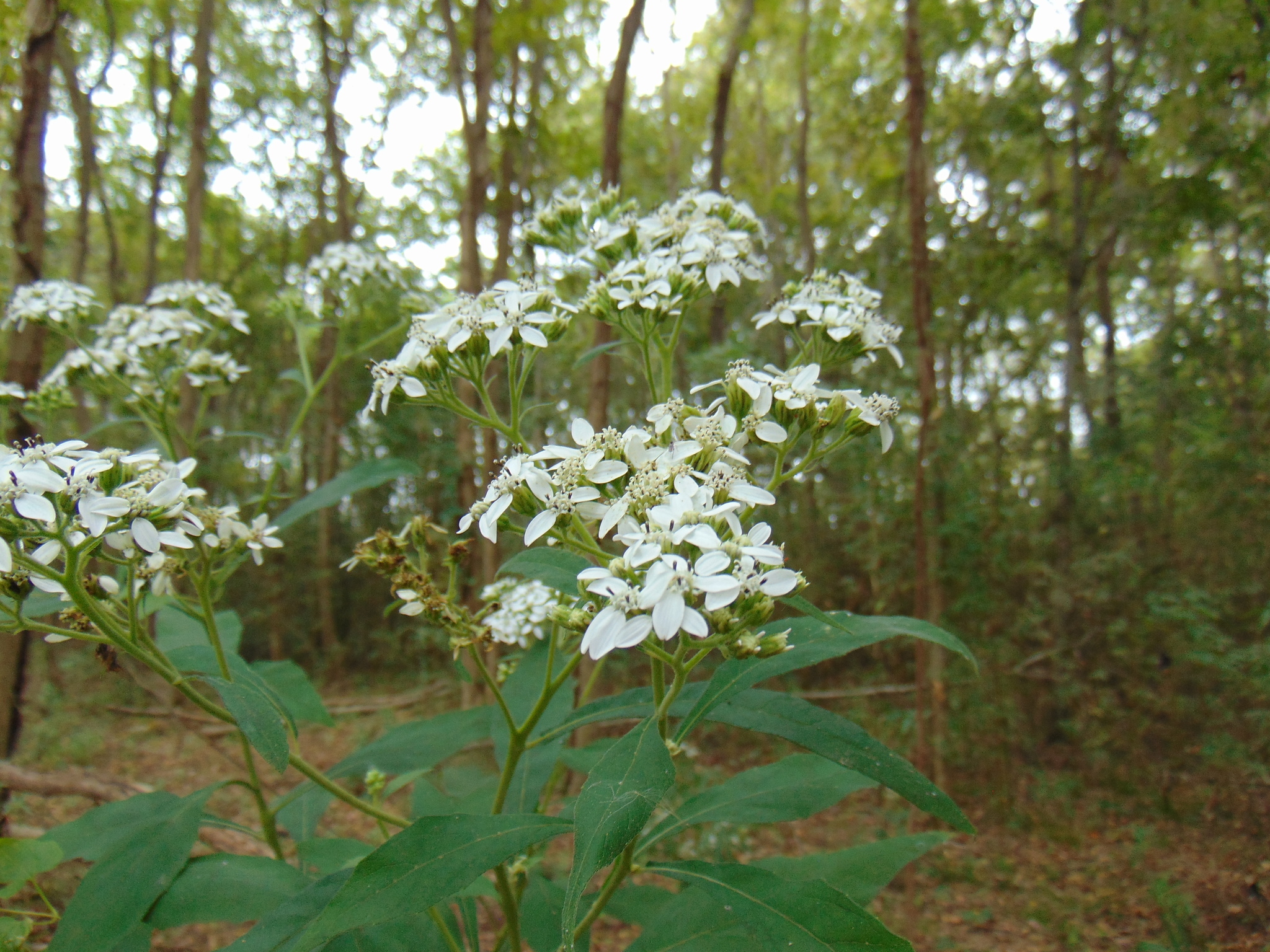
November 2024 Plant of the Month
This month, we’re celebrating Verbesina virginica, better known as Frostweed! With its delicate white blooms that attract butterflies and bees in the fall, Frostweed also showcases a winter wonder- beautiful
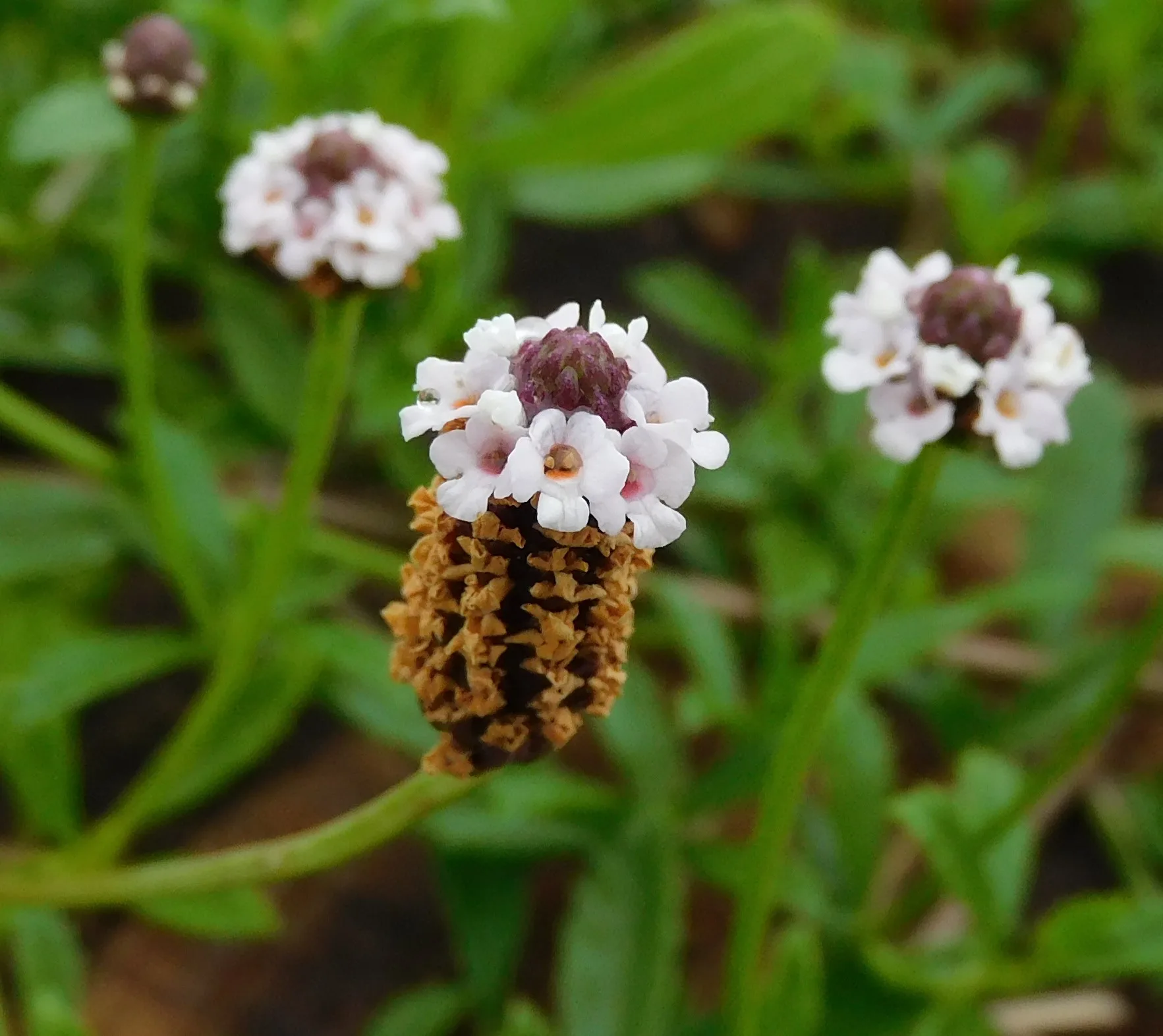
October 2024 Plant of the Month
Say hello to Frogfruit (Phyla nodiflora), October’s featured native plant! This low-growing perennial is more than just a ground cover- it’s a pollinator powerhouse! With its tiny white flowers, Frogfruit
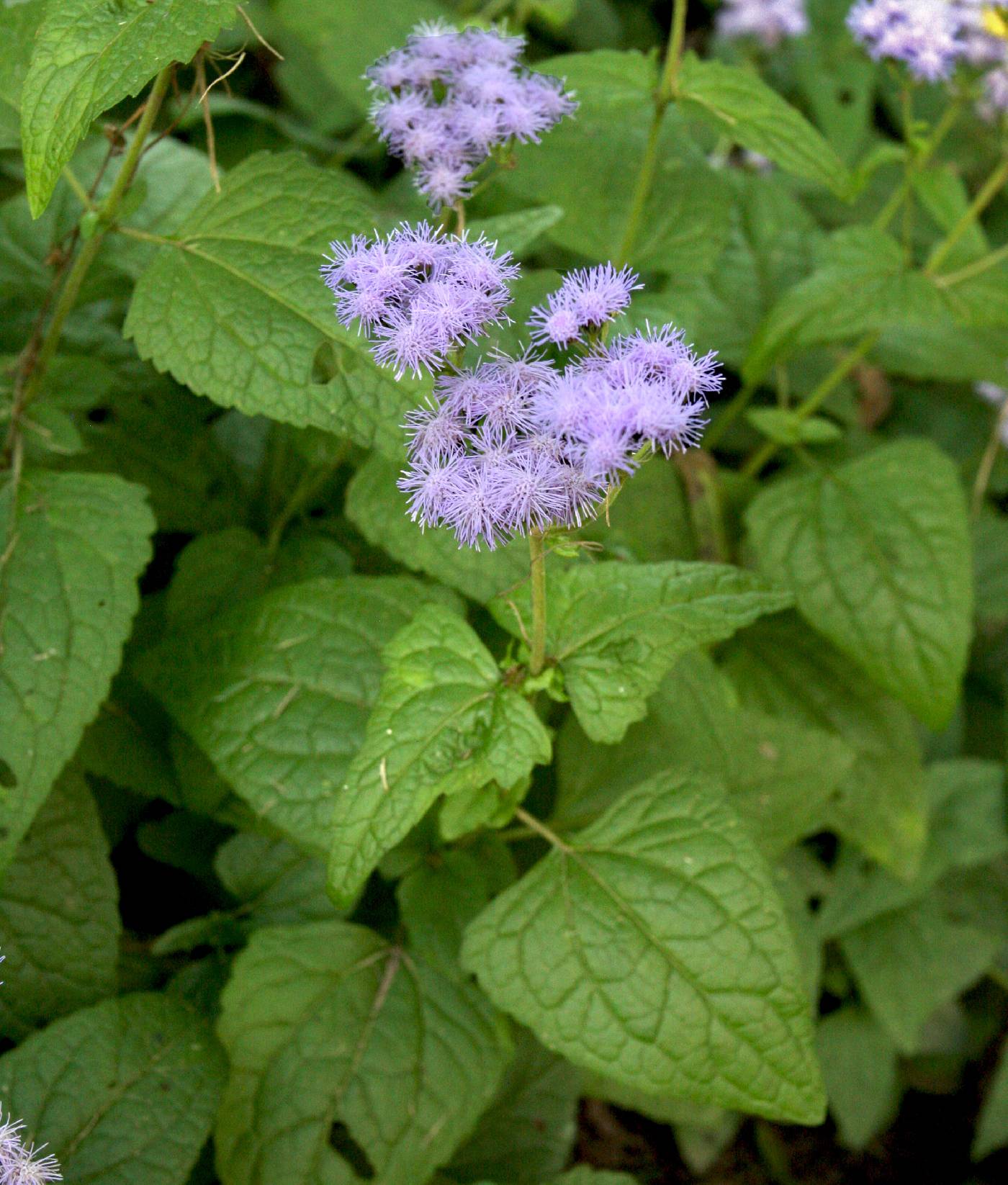
September 2024 Plant of the Month
This month, say hello to Blue Mistflower (Conoclinium coelestinum), a beautiful, low-maintenance native plant that adds a subtle pop of color with its soft, lavender-blue blooms. It will attract ALL
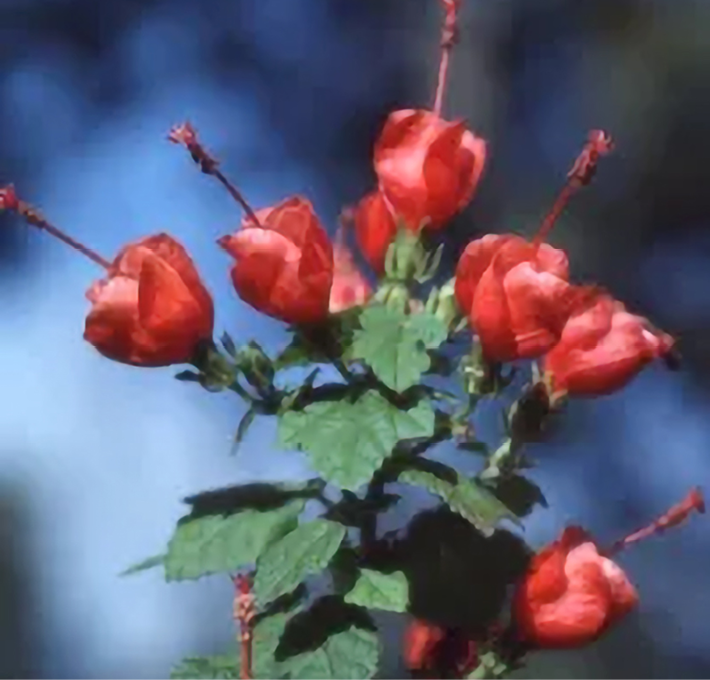
August 2024 Plant of the Month
This month, we are celebrating the vibrant Turk’s Cap (Malvaviscus arboreus), a stunning native plant that you are surely going to want to add to your garden. It blooms from

